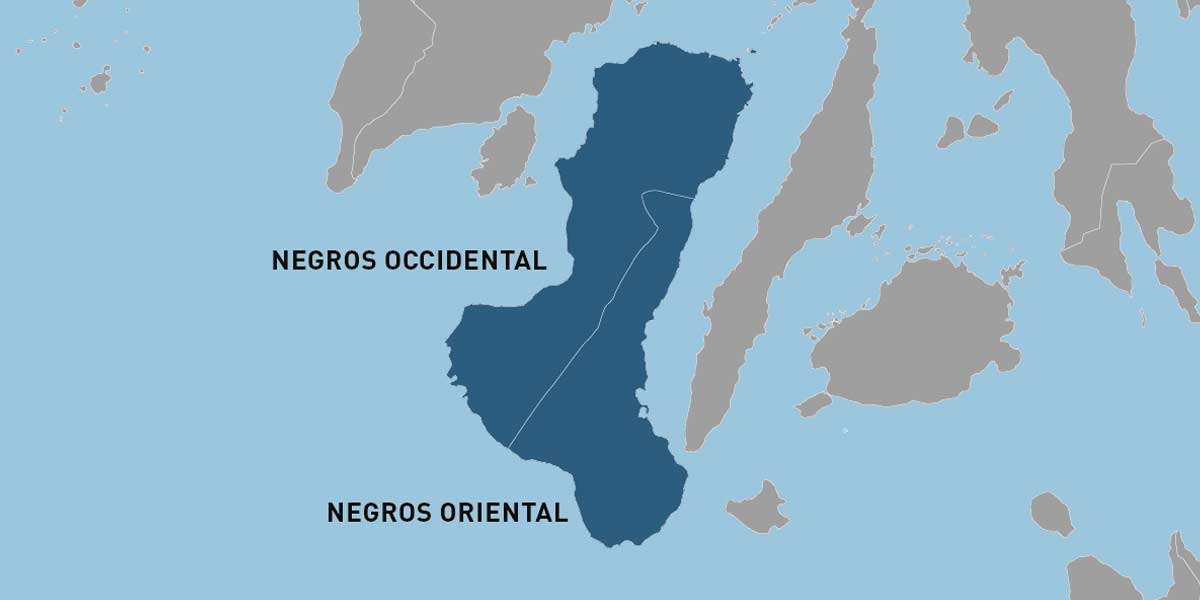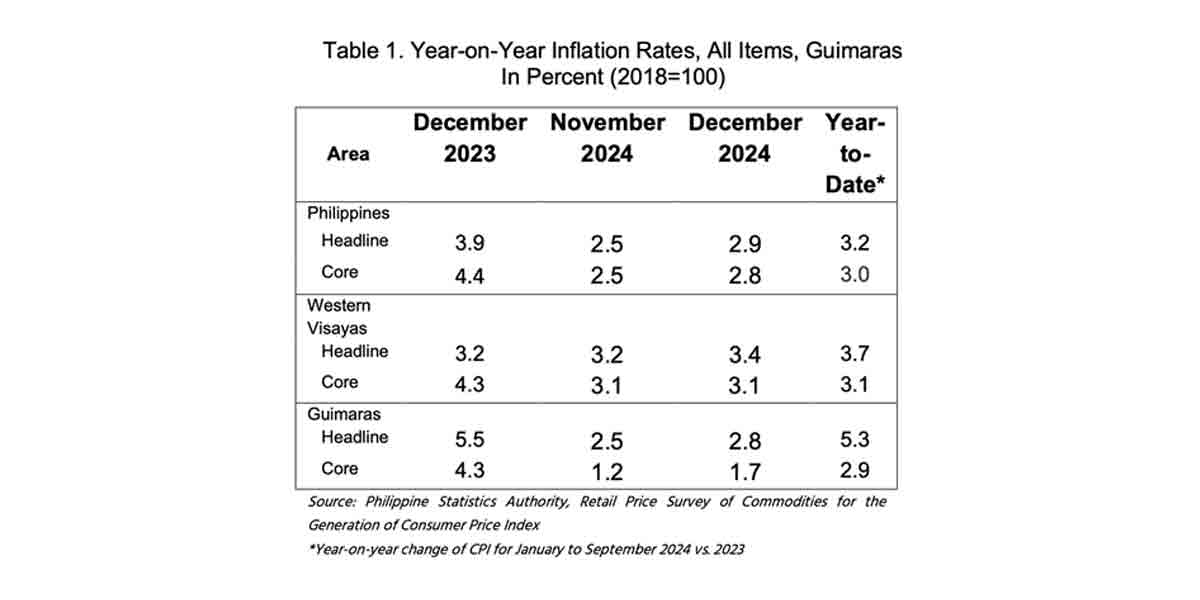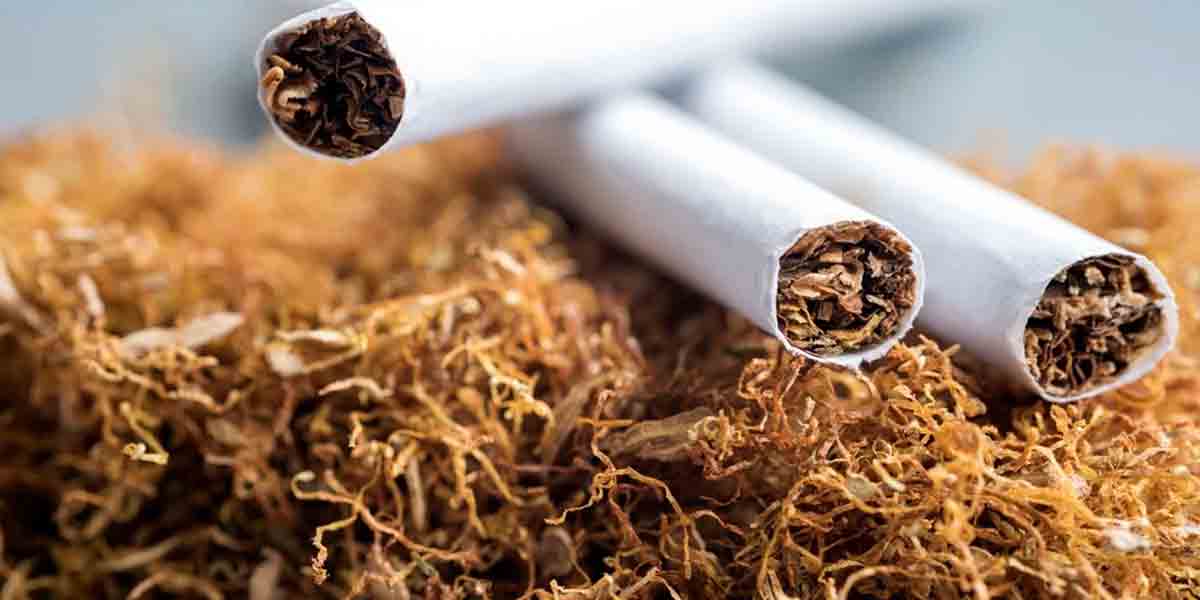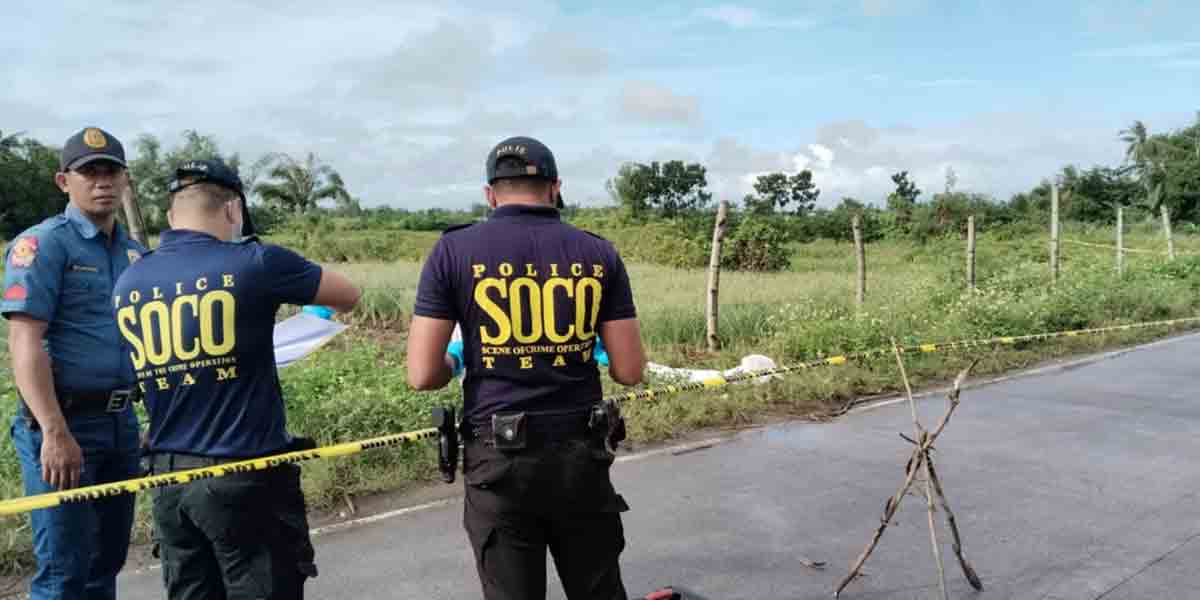 By Atty. Rolex T. Suplico
By Atty. Rolex T. Suplico
In his fifth SONA last July 27, 2020, Pres. Rodrigo Roa Duterte said that he wanted to re-impose the death penalty. This was prohibited under Republic Act No. 9346, otherwise known as AN ACT PROHIBITING THE IMPOSITION OF DEATH PENALTY IN THE PHILIPPINES, approved on June 24, 2006. Today, I will take up the case of People of the Philippines, plaintiff-appellee, vs. Mariano Marcos, et al., defendants-appellants (G. R. No. L-47388, October 22, 1940). This case is popularly known as the Nalundasan case. It was the case where the young Ferdinand Edralin Marcos, who lawyered for himself, barely escaped death.
In 1934, Mariano Marcos and Julio Nalundasan, both of Batac, Ilocos Norte, ran for representative of the second district of the province. Nalundasan won. But the term was cut short due to the new 1935 Constitution, which called for elections for members of the National Assembly on Sept. 17, 1935. Again, both ran for the position. And again, Nalundasan won. In the afternoon of Sept. 19, 1935, Nalundasan’s followers staged a triumphant motorcade in the district and passed in front of the house of the Marcoses in Batac. “The parade is described as provocative and humiliating for the defeated candidate, Mariano Marcos. The assemblyman-elect, Julio Nalundasan, was not, however, destined to reap the fruits of his political laurels for on the night of September. 20, 1935, he was shot and killed in his house in Batac.” A case for murder was filed against Nicasio Layaoen, with the Court of First Instance (CFI) of Ilocos Norte, which resulted in acquittal. On Dec. 7, 1938, or more than 3 years after the death of Nalundasan, an information for murder was filed with the CFI against Mariano Marcos, his brother Pio Marcos, his son Ferdinand Marcos and his brother-in-law Quirino Lizardo.
On June 10, 1939, before the conclusion of the trial, the Marcoses and Lizardo filed 8 separate complaints before the Justice of the Peace (now, the municipal trial court) charging Calixto Aguinaldo, the prosecution’ star witness, “with the offense of false testimony allegedly committed in the preliminary investigation of Dec. 7, 1938, and during the trial.” The complaints were dismissed. And the complainants were ordered by the CFI to show cause why they should not be held liable for contempt.
After trial was concluded, the CFI rendered a judgment finding Ferdinand and Lizardo guilty of murder. The trial court acquitted Mariano and Pio. However, it found the Marcoses and Lizardo guilty of contempt. It ordered them to pay a fine of two hundred (200) pesos each. They appealed to the Supreme Court.
The Court, in a decision penned by Justice Jose P. Laurel, laid the general rule that it “will not interfere with judgment of the trial court in passing upon the weight or credibility that should be attached to the testimony of the witnesses; but this court may determine for itself the guilt or innocence of the defendant and may modify or reverse the conclusions of fact laid down by the trial court if there is a fact or circumstance of weight and influence which has been over-looked or the significance of which has been misinterpreted.”
The prosecution argued that the Marcoses and Lizardo “were prompted to conspire against the life of Julio Nalundasan by the latter’s electoral victory over Mariano Marcos, x x x; that Calixto Aguinaldo, the principal witness for the prosecution, was a trusted and loyal attendant and bodyguard of Quirino Lizardo; that (he) was present in various conference of the Marcoses and Lizardo; in the last of which (that held on September 20, 1935) it was decided that Nalundasan must be killed; that Ferdinand was selected as the trigger man because he was a marks-man and because, if discovered and convicted, he would only be sent to Lolomboy reformatory school in view o his age, and that Mariano Marcos, father of Ferdinand would in the meantime be in Laoag; that about nine o’clock in the evening of September 30, 1935, Ferdinand Marcos and Quirino Lizardo, the first armed with an automatic pistol and the second with a police positive revolver, and accompanied by Calixto Aguinaldo, left for the fatal mission and, upon reaching Nalundasan’s yard, they posted themselves at a point where they could not be detected but where they could get a full view of the intended human target; that Calixto Aguinaldo was asked to watch while his two companions, Ferdinand and Lizardo, were to execute the act that would put an end to Nalundasan’s life; that Calixto Aguinaldo, after waiting for a few minutes, was seized by fear as a result of which he proceeded to return to the house of the Marcoses, but on his way he heard the fatal shot from the direction of Nalundasan’s home; that Ferdinand fired the fatal shot at Nalundasan while the latter’s back was turned towards Ferdinand and Lizardo. On the other hand, the defense is one of complete denial x x x.”
The Court observed that, in the murder case filed against Layaoen, the star witness, Gaspar Silvestre, identified Layaoen as the triggerman, including the “22 long Lubaloy Western rifle, the brand and class of bullet which was alleged in that case and is alleged in the present case to have killed Nalundasan.”
The Court held that “a painstaking review of the evidence reveals several important considerations leading to the inescapable conclusion that the testimony of Calixto Aguinaldo does not deserve the credit that was accorded by the trial court.”
The Court noted that, among others, it took Aguinaldo 3 years to break his silence. It stated that “his long continued silence creates serious doubts in the mind of this Court as to his motives for breaking that silence. The change of attitude could not have been due to a desirable impulse to serve the interest of justice and proves, if it proves anything at all, the tardy revival of stultified civic consciousness.”
The Court said that the theory that Ferdinand was selected to be the triggerman “because he was experienced in pistol shooting, having been a cadet major in the University of the Philippines,” and that he was below 18 years of age “must therefore be decidedly false.” It found unbelievable the idea that Mariano would allow his son Ferdinand “to accomplish the dirty job.” It said that this “is something extraordinary for a father to feel and to do, and we incline to reject the testimony of Aguinaldo and the inferences deducted therefrom because the story is, while possible, devoid of reasonable probability and opposed to the lessons of common experience and the teachings of experimental psychology. As regards the second reason, it appears that both the prosecution and defense agree that Ferdinand Marcos was at the time of the commission of the alleged offense already over eighteen years of age. As a matter of fact, one of the ground invoked by the Solicitor-General in asking for the modification for the judgment of the lower court and imposition of the death penalty upon this appellant is that he is more than eighteen years old at the time of the commission of the offense.”
The Court then concluded:
“By and large, we find the testimony of Calixto Aguinaldo to be inherently improbable and full of contradictions in important details. For this reason, we decline to give him any credit. x x x. The judgment of the lower court, herein appealed from is accordingly reversed, and the defendant-appellants, Ferdinand Marcos and Quirino Lizardo, acquitted of the charge of murder and forthwith liberated from imprisonment and discharged from the custody of the law, with costs de oficio.”
As to the incident of contempt, the Court held that “we are of the opinion that the action of the Marcoses and Lizardo was calculated, or at least tended, directly or indirectly to obstruct the administration of justice and that, the trial court properly found them guilty of contempt. In view of the result, however, arrived at in the principal case, and considering that the inherent power to punish for contempt should be exercised on the preservative and not on the vindictive principle, and on the corrective and not on the retaliatory idea of punishment, it is our view that this purpose is sufficiently achieved and the principle amply vindicated with the imposition upon each of the four accused above mentioned of a fine of fifty (50) pesos, with subsidiary imprisonment in case of insolvency. So ordered. (Cited cases omitted.)”
In the 1939 Bar Examinations, Ferdinand Marcos placed No. 1, with an average rating of 98.01%. This case was promulgated on October 22, 1940. The bar results may have been released prior to its promulgation. One more thing, Ferdinand Marcos and Justice Laurel were fraternity brothers in UP’s Upsilon Sigma Phi. And they say that brod is thicker than water. Did these factors help him secure his acquittal? I do not know. One thing is sure, if he were not acquitted, he would not have been the nation’s 10th President (1965-1986).





















